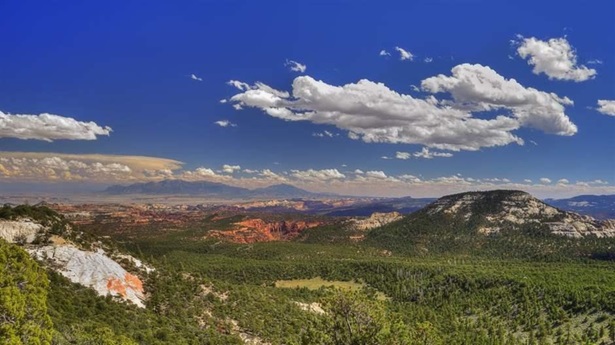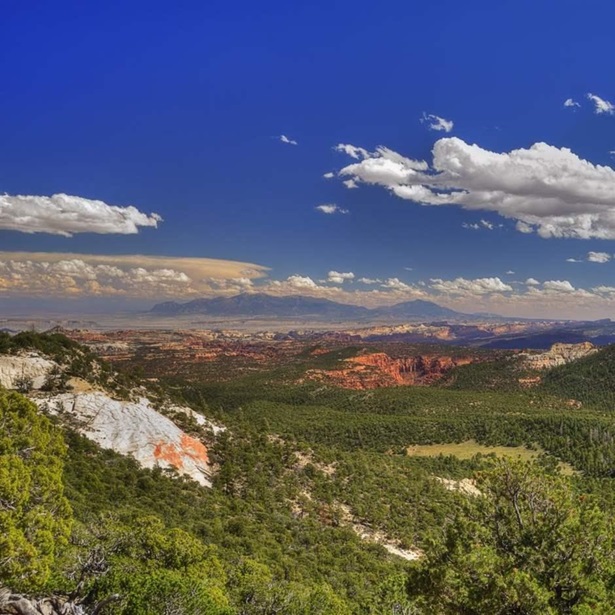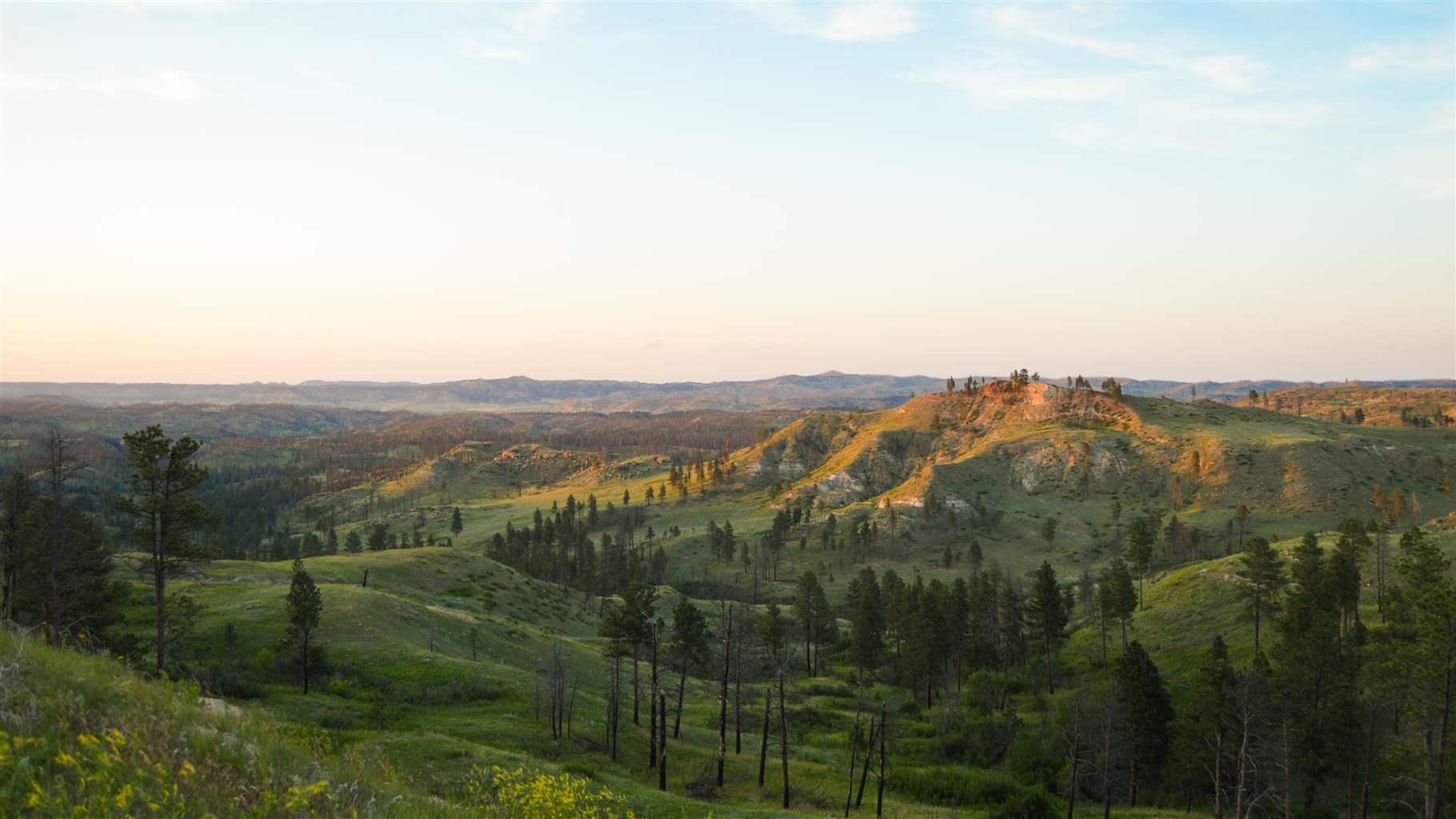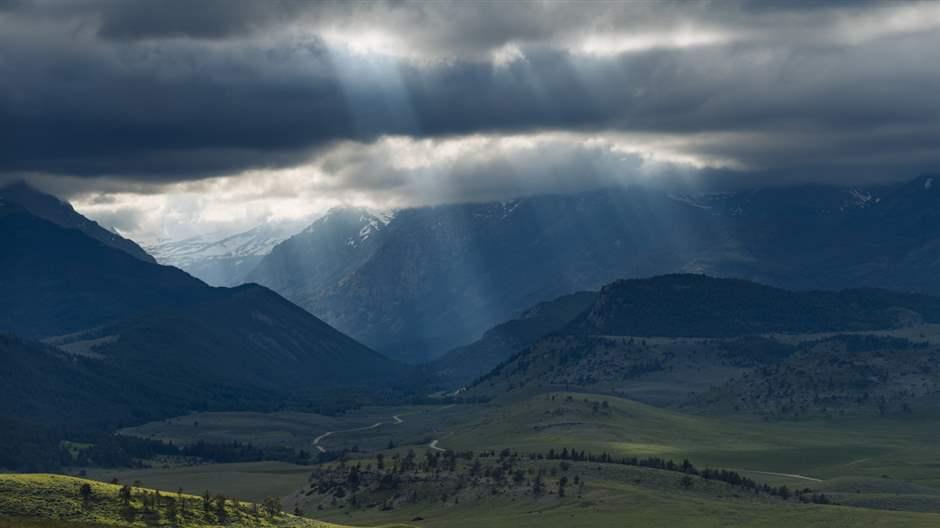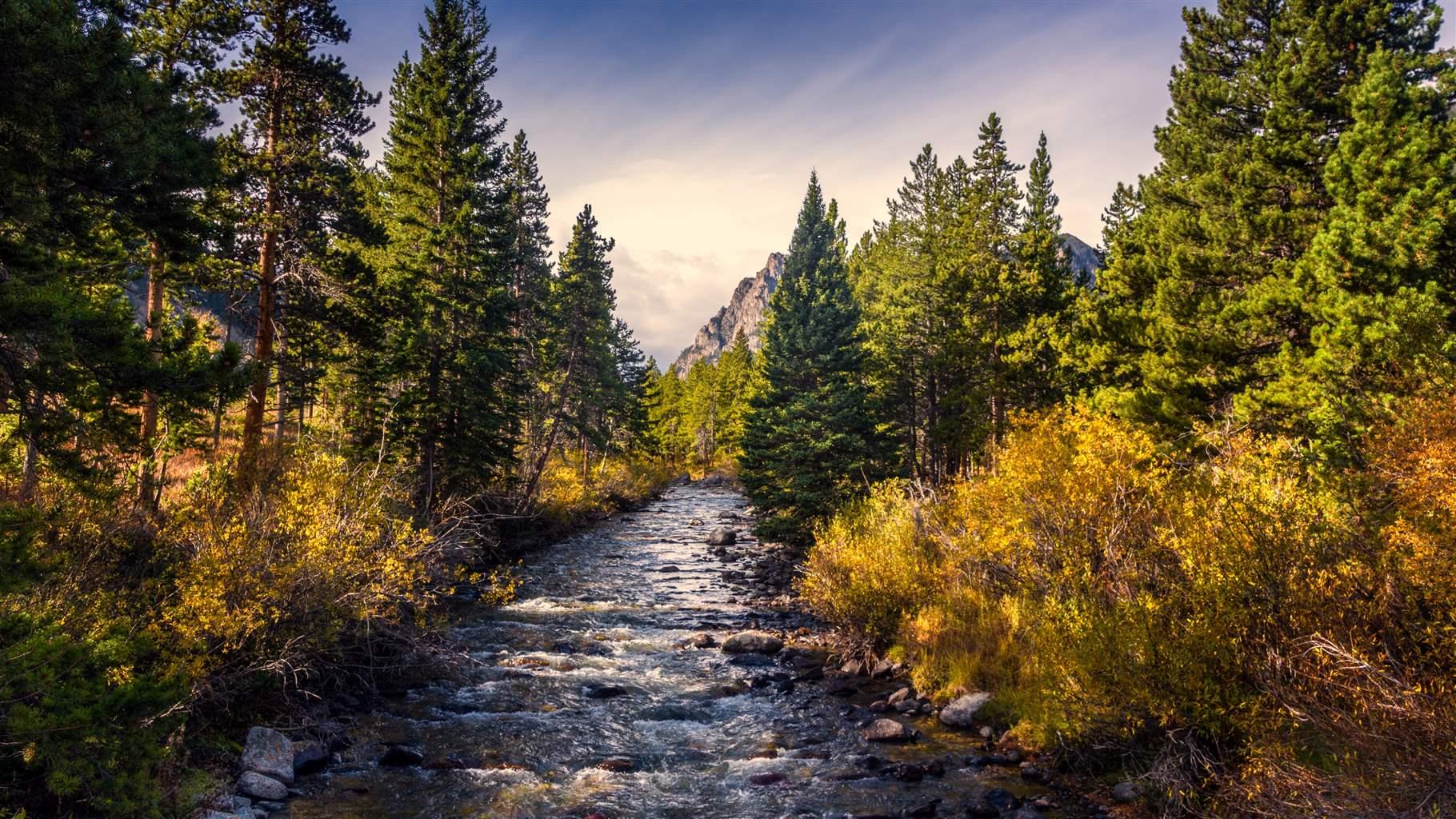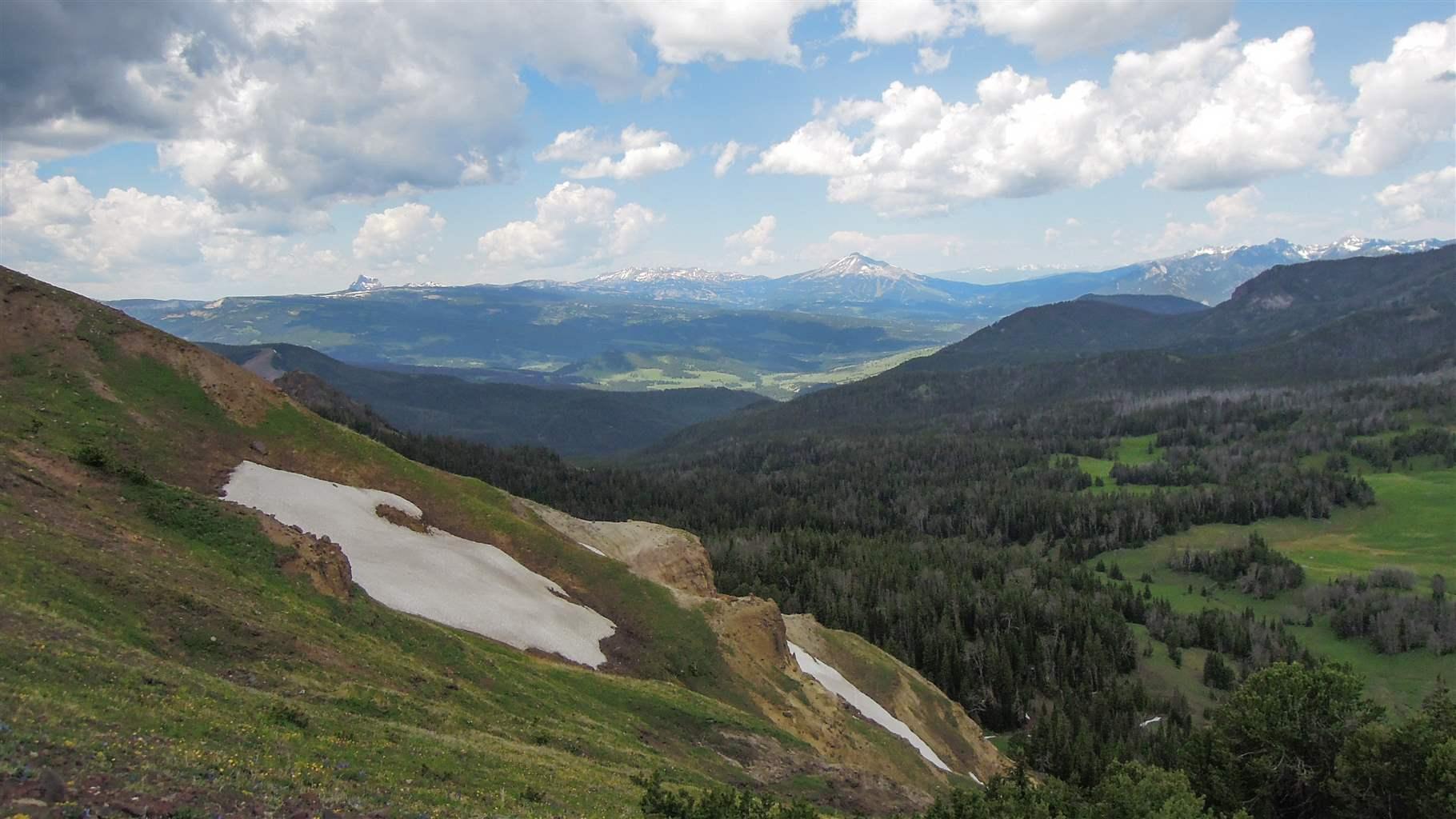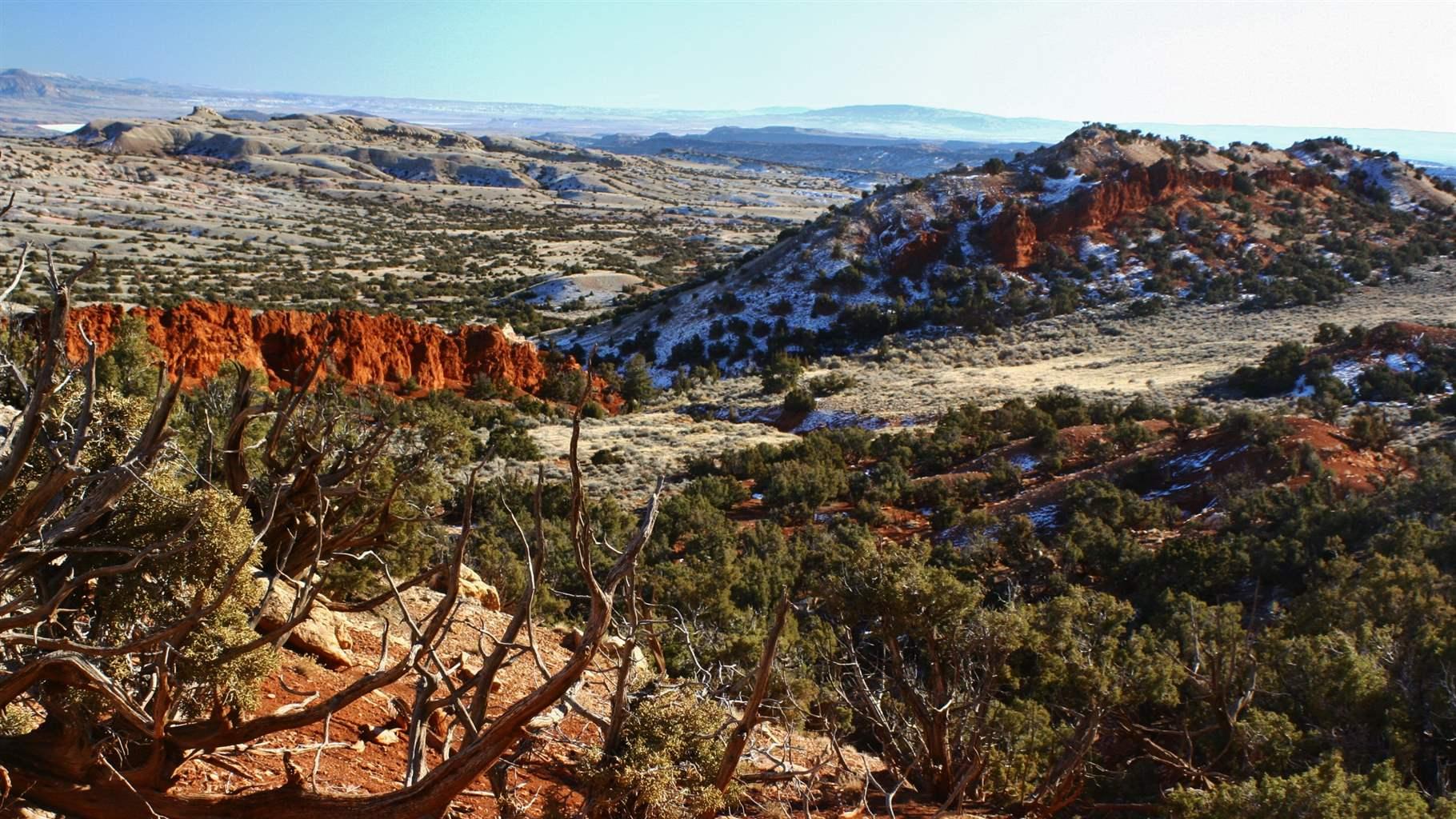Tribes and Wildlife Would Benefit Under Custer Gallatin National Forest Plan
But federal proposal still leaves some Montana wildlands at risk
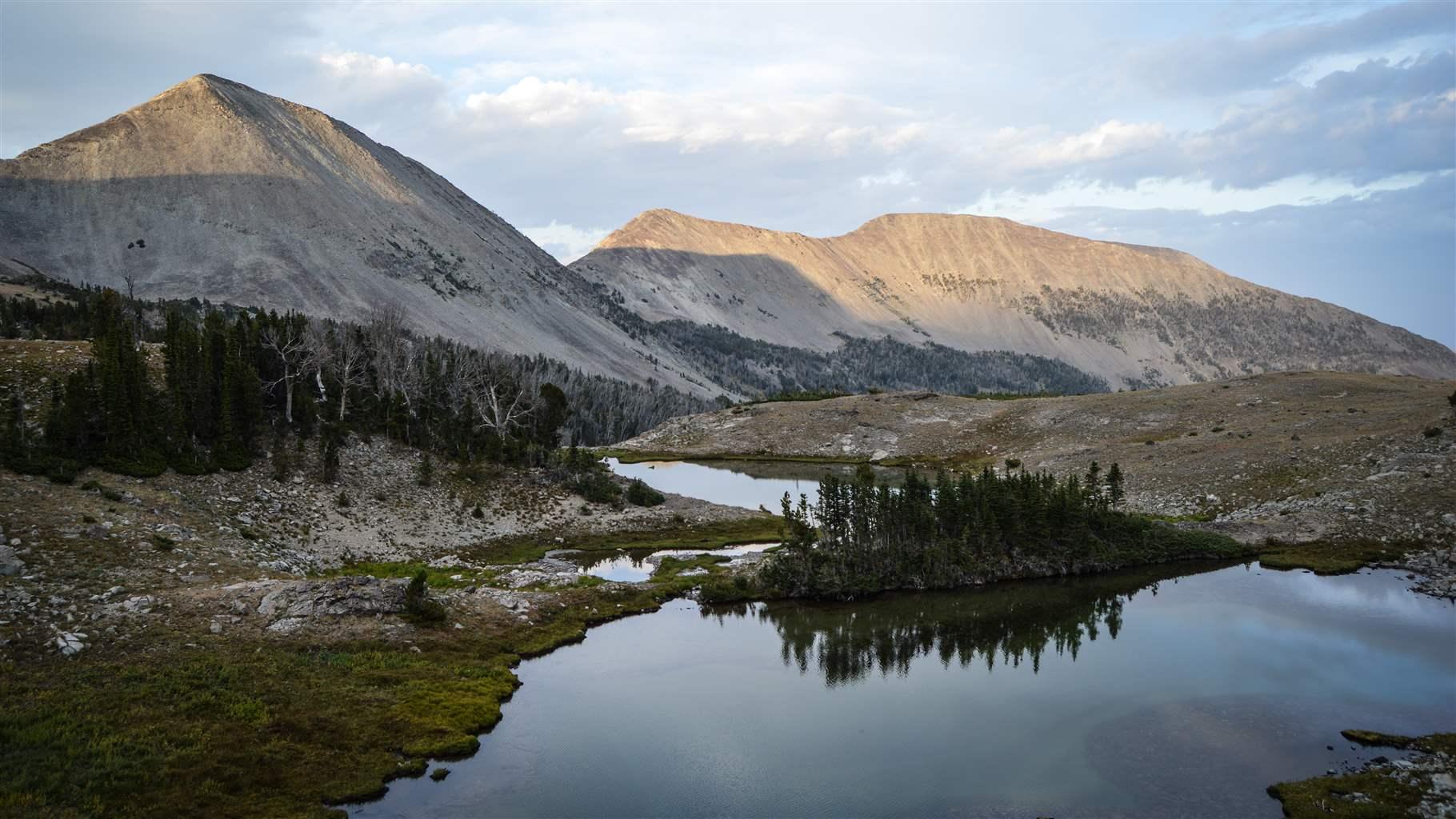
Covering more than 3 million acres in Montana and South Dakota, Custer Gallatin National Forest is one of the most ecologically, socially, economically, and culturally diverse national forests in the northern U.S. For thousands of years, Indigenous peoples lived on and traveled through these lands, including forebears of the Crow, Northern Cheyenne, Sioux, Eastern Shoshone, Northern Arapahoe, Shoshone-Bannock, Nez Perce, Mandan, Hidatsa, Arikara, Salish, and Kootenai tribes. The forest’s modern boundaries encompass a large portion of the northern extent of the Greater Yellowstone Ecosystem—one of the largest nearly intact temperate-zone ecosystems on Earth.
On July 9, the U.S. Forest Service released a proposed plan for Custer Gallatin that would guide the management of the forest for at least the next 15 years. The plan includes important protections for land, water, and wildlife but can—and should—be improved. Fortunately, there is still time for the Forest Service to do that.
Recognizing tribal cultural landscapes: The Crazy Mountains
Among the laudable elements of the plan, the agency included a significant amount of the south and central portions of the Crazy Mountains as recommended wilderness or backcountry areas, and identified the range as an “area of tribal interest.” Those proposed designations—which would protect these portions of the mountains from road building, logging, and other development—honor a request from the Crow Tribe, whose members call themselves the Apsáalooke people.
(Apsáalooke), who still carry out traditional activities in Custer Gallatin National Forest and have a particularly deep connection to the Crazy Mountains, which they call Awaxaawippíia.
More protection for rivers
The Forest Service also proposed nearly tripling—to 30—the number of river segments in Custer Gallatin that are eligible for wild and scenic river designation, which protects free-flowing waterways from future obstruction. Segments of the Stillwater River, West Fork of Rock Creek, and Cabin Creek are among the 433 miles that would gain protection under the proposed plan. Custer Gallatin National Forest is home to pristine waters that support essential habitat for rare plants and diverse wildlife populations, from elk and moose to trumpeter swans and Yellowstone cutthroat trout and grayling. Many of the forest’s rivers are also popular among anglers and whitewater boaters.
More protection needed in the Gallatin and Madison ranges
The Gallatin and Madison ranges are home to critical wildlife habitat and beloved recreation areas, and supply nearly 80% of Bozeman’s drinking water. To conserve these values, the Forest Service’s proposal includes 96,558 acres of recommended wilderness and a 24,292-acre “key linkage area,” which would provide relatively strong management direction to maintain wildlife corridors long into the future.
However, the Forest Service should go further by adopting more of the recommendations put forth by the Gallatin Forest Partnership, a group of local residents, recreational interests, business owners, and conservation professionals who worked together to develop a consensus vision for the management of these ranges. In particular, the Forest Service should include the partnership’s suggestion to recommend wilderness protection for the Cowboy Heaven area southwest of Bozeman, which would connect the Bear Trap Canyon and Spanish Peaks units of the Lee Metcalf Wilderness.
Conservation gains—and missed opportunities—in the Pryor Mountains
The Pryor Mountains lie at the intersection of three ecoregions and thus boast remarkably varied climate, geology, and biodiversity, including more than 400 plant species, eight of which are found nowhere else. The Forest Service’s proposed expansion of the recommended wilderness area in Lost Water Canyon and creation of a new one in Bear Canyon would conserve some—but not enough—of this abundance: The agency should go further by also recommending the Big Pryor and Punch Bowl areas for wilderness designation.
Next steps
The Forest Service is not taking public comment on the plan, but individuals and organizations that submitted substantive comments earlier in the process can file an objection to proposed decisions in the plan. The Forest Service, per standard practice, will likely meet with objectors to address their issues and may modify the plan as a result.
The forest supervisor is expected to approve the finalized plan in late 2020 or early 2021. The Pew Charitable Trusts supports the Forest Service’s new wilderness recommendations, wild and scenic river eligibility determinations, and identification of key linkage areas, and encourages the agency to strongly consider increasing protections for the Cowboy Heaven, Big Pryor, and Punch Bowl areas before approving the plan.
John Gilroy directs The Pew Charitable Trusts’ U.S. public lands and rivers conservation project.


America’s Overdose Crisis
Sign up for our five-email course explaining the overdose crisis in America, the state of treatment access, and ways to improve care
Sign up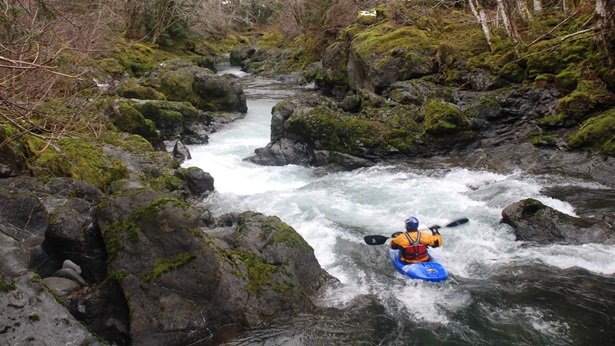
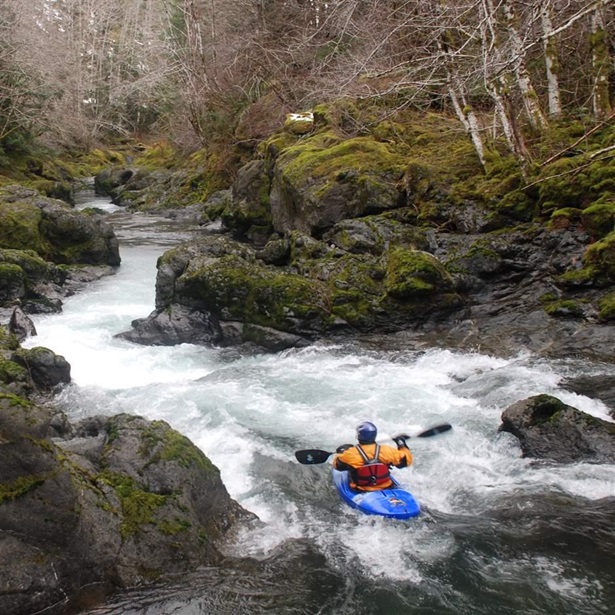
Free-Flowing Rivers Help Ecosystems, Wildlife, People, and the Economy
